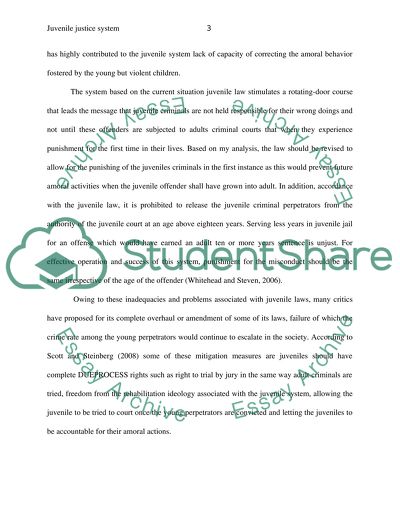Cite this document
(“Gang Violence and Juvenile Delinquency Research Paper”, n.d.)
Retrieved from https://studentshare.org/law/1450074-gang-violence-and-juvenile-delinquency
Retrieved from https://studentshare.org/law/1450074-gang-violence-and-juvenile-delinquency
(Gang Violence and Juvenile Delinquency Research Paper)
https://studentshare.org/law/1450074-gang-violence-and-juvenile-delinquency.
https://studentshare.org/law/1450074-gang-violence-and-juvenile-delinquency.
“Gang Violence and Juvenile Delinquency Research Paper”, n.d. https://studentshare.org/law/1450074-gang-violence-and-juvenile-delinquency.


